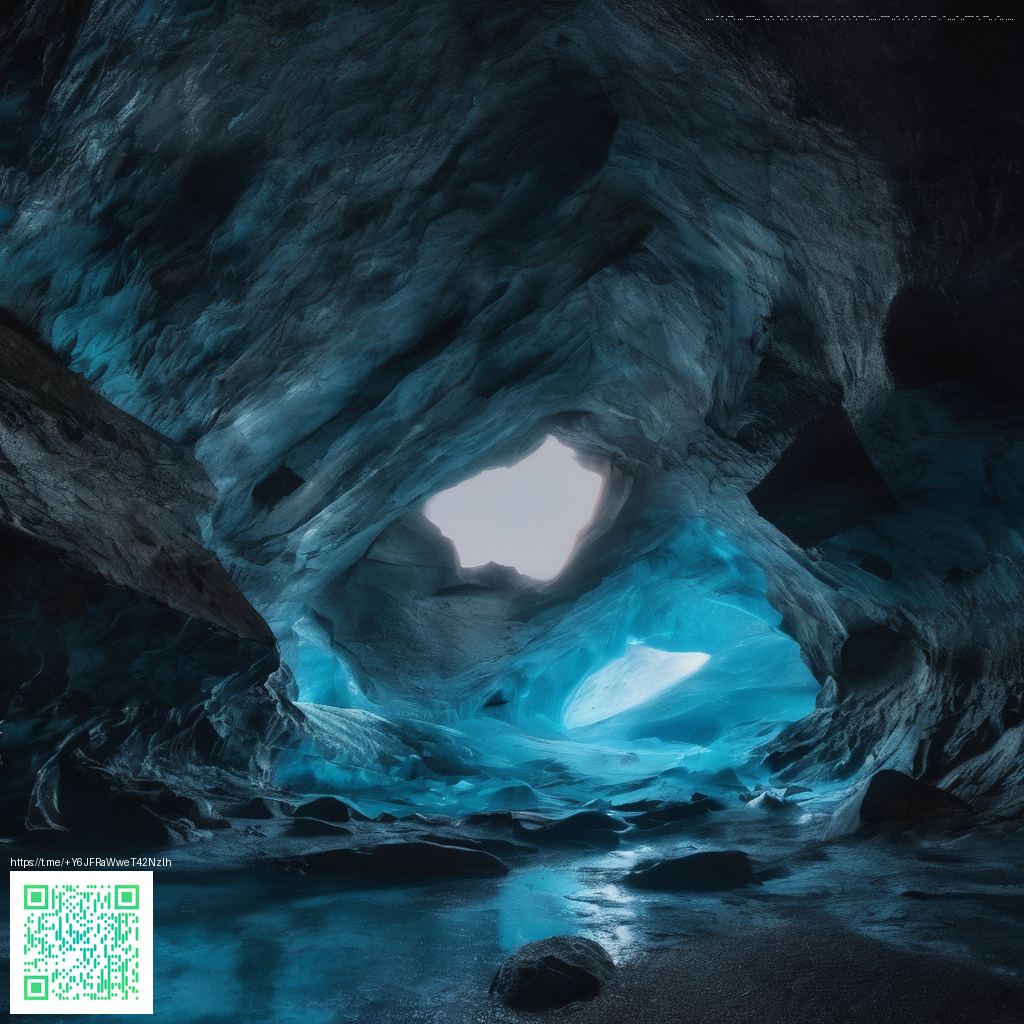
Design decisions that shape the remastered experience
When Retro Studios brought a legendary GameCube classic back to life they did more than upscale pixels. They faced a series of deliberate choices that would determine how new players discover the world and how longtime fans reconnect with Samus Aran. The aim was to preserve the mood and mystery of an atmospheric explorer shooter while sharpening the tools players use to navigate, scan, and combat. The results are a thoughtful blend of modernization and faithful replication that makes the journey feel both fresh and familiar.
The core challenge lay in control. Metroid Prime was built around a precise feel for aiming and camera movement that could be difficult to translate to modern pads. The remaster presents a flexible approach that respects the original pulse while offering options that align with current expectations. Players can stick with a classic feel or lean into newer methods that make exploration more tactile and responsive. That choice resonates with a wide audience from speed runners to casual explorers, and it shapes every corridor you inch through aboard the Chozo ruins.
Control schemes that redefine the pace
One of the most discussed design decisions centers on input methods. The game ships with a standard dual stick setup that feels instantly familiar to modern players. But the remaster adds a gyro based pointer system that lets you aim with head turning precision while your thumbs remain free for movement. A hybrid option blends classic controls with motion based aiming for a balance that many veterans and newcomers find compelling. These options do not merely adjust how you shoot they alter how you sense the world around you.
Community feedback highlights a simple truth the developers understood from the start. players want to feel in control without losing the intoxicating sense of discovery. The gyro pointer can reveal hidden paths and permission moments with a subtle nudge; the hybrid mode preserves the puzzle design while speeding up combat and scanning. In practice this means fewer dead ends and more momentum as you push through the cathedral like halls of the impact crater and beyond.
Visual and audio refresh as a design language
The visual upgrade is not a cosmetic garnish it informs atmosphere and puzzle pacing. Updated textures brighten hallways without sacrificing the mood of the original Distant echoes and darkened corners. Lighting has been tuned to emphasize depth in a way that makes familiar rooms feel new again while preserving key silhouette cues that define the series. These changes help players read the environment faster which translates into more confident exploration and faster puzzle resolution.
Audio treatment complements the visuals with a cleaner yet still haunting soundscape. Footsteps, beam sounds, and environmental cues carry more presence on modern hardware, reinforcing the sense of weight behind each action. The result is a cohesive experience where sound and sight guide you through a world that feels both iconic and urgent.
Progression design and pacing for modern audiences
Metroid Prime Remastered emphasizes a measured pace that rewards careful scanning and environmental observation. With clearer textures and smoother performance, players can linger on a puzzle chamber or an observation deck without losing the sense of wonder. The remaster also respects the game’s original pacing by preserving key beats of exploration and backtracking, while reducing needless friction through more responsive controls and clearer indicators. That balance helps players retain the sense of mapping a complex, living world without feeling slowed down by clumsy mechanics.
From a community perspective the update signals a broader commitment to accessibility while staying true to the design ethos that defined the series. Forums light up with notes about how the new control options let different playstyles shine. For veterans the updates feel like a return to a cherished classic with a modern coat of armor. For newcomers the world invites curiosity rather than intimidation, a crucial hinge for the franchise as it continues to grow.
Modding culture and player driven curiosity
Modding culture around a cherished remaster can be a double edged sword. On one hand the community loves to experiment with textures, lighting tweaks, and quality of life improvements in older titles. On the other hand, remasters produced for constrained platforms naturally limit what players can alter. The design philosophy behind the remaster leans toward maintaining a consistent, polished experience across supported hardware, which means community mods may be more about technique and exploration than wholesale content changes. Still, the shared spirit of discovery remains strong as players compare routes, optimize runs, and debate the best control setup for speed and precision.
In the end the developers opted to emphasize a clear, accessible path into a beloved world while preserving the tactile feedback that defined prime era shooters. The resulting design decisions matter because they determine how the game welcomes players into its artful corridors and how each player experiences the first pristine moment when Samus lifts her visor and the world reveals its secrets.
Neoprene Mouse Pad Round Rectangular Non-slip